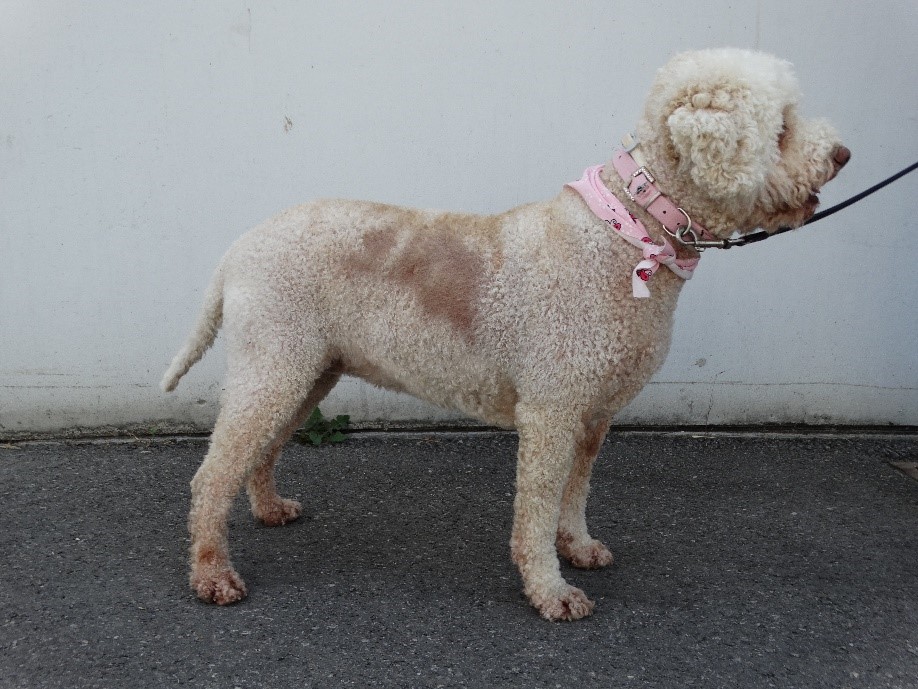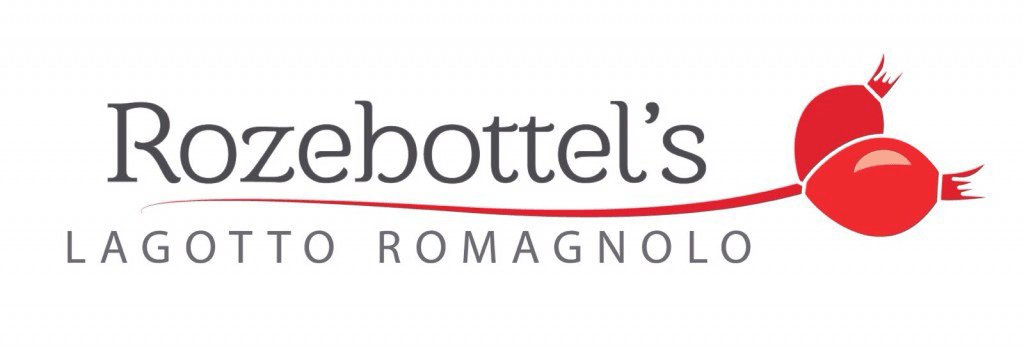Health
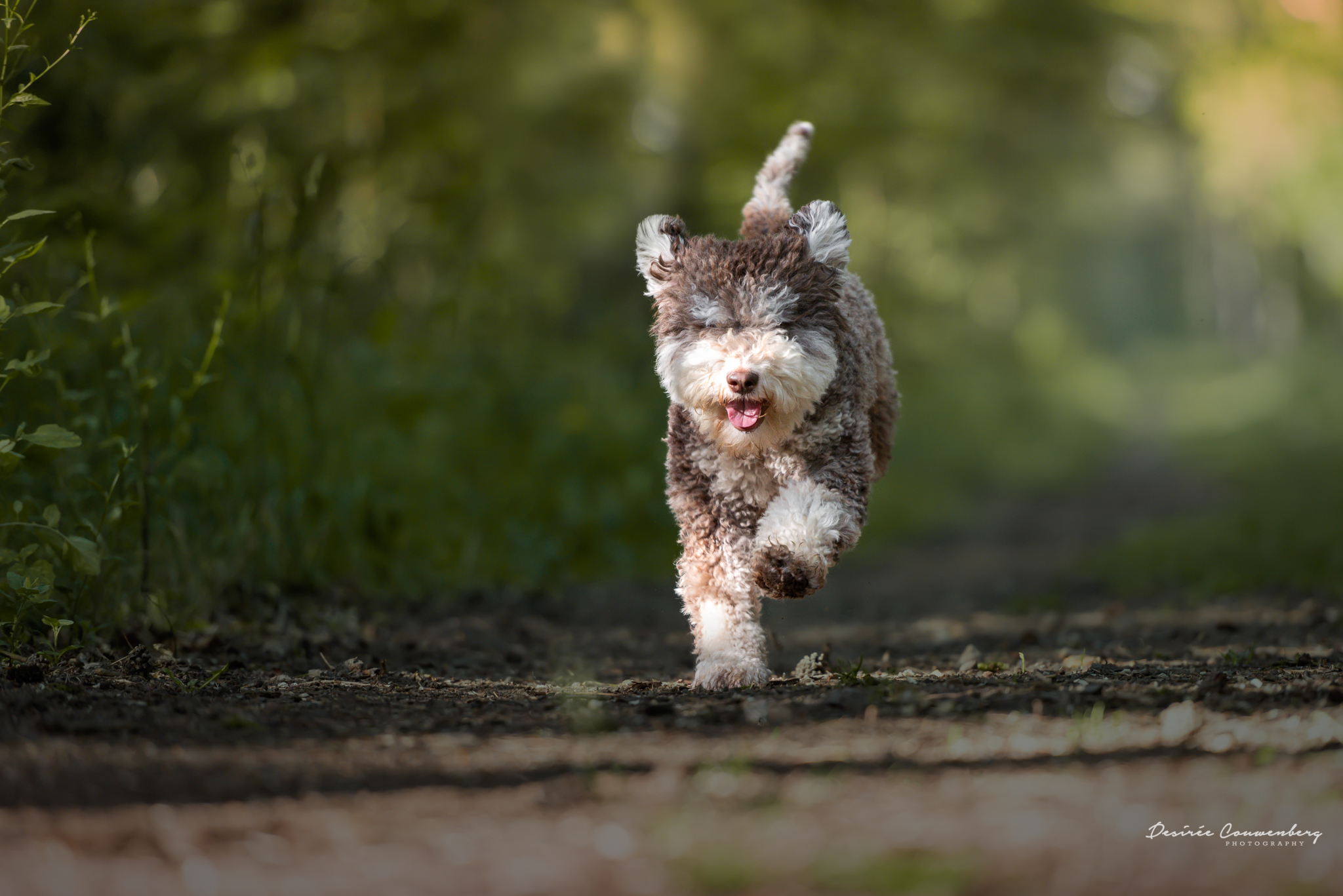
As in any population, we also find genetic disorders in dogs. Below is more information on the defects known to affect the Lagotto. Not all abnormalities will cause the dog's quality of life to deteriorate.
All results of health examinations carried out on our dogs can be found in the Raad van Beheer database (hips, patella, elbows and eyes). These examinations are carried out according to the regulations of the Raad van Beheer and are published automatically.
It is possible for owners to have the DNA marker tests added themselves. You send in the results and after verification they are added. The DNA marker examination can be carried out by various providers. The most common are Laboklin, MyDogDNA and Embark.
In the unlikely event that you cannot find something, feel free to ask.
Breeding with carriers
We also breed with dogs that are carriers of hereditary defects known in the breed that emerge during DNA testing and recessive* in nature.
The advantage of continuing to use these dogs is that you also preserve the genetic variation in the breed. Of course, carriers are always combined with a partner who is free of the same hereditary problem known in the breed. This way, you make sure that puppies from these combinations will never develop the disease. Because to develop a recessive known disease problem, the pup has to get the gene from both parents.
Should we choose not to use the known genetic diseases in the breed we will have a narrower genetic base as a result. Which in turn may cause currently unknown diseases to be expressed.
*heredity.co.uk/heredity/autosomal-recessive
*dutchdogdata.co.uk
*lagotto.broadarchives.com
Orthopedic
Hips
Hip dysplasia (HD) is a developmental disorder of the hip joints. It can be hereditary, but environmental factors also play a major role in development.
A dog can suffer a lot from HD, but it doesn't have to. You can't tell from the outside if a dog has HD, so if your dog can walk well, it doesn't necessarily mean his hips are perfect.
To really see if your dog has HD, (digital) X-rays of his hips are needed. More information on hip examination can be found on the website of the Board of Directors.
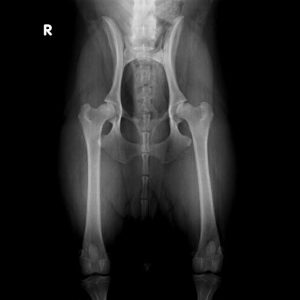
Patella
The patella (kneecap) is located in the tendon of the large thigh muscle. Great forces come to bear on this muscle so that the leg can support the body and dogs can stand, walk and jump.
To ensure that the kneecap stays in the centre of the joint, there is a groove, through which the kneecap slides. If the kneecap shoots out of the groove (patellar luxation), that leg can no longer support the body weight.
As with hip dysplasia and elbow dysplasia, there is a hereditary basis, but environmental factors also play a role. More information on Patella research can be found on the website of the Board of Directors
Elbows
Examination for elbow dysplasia is not mandatory according to the current breeding regulations (version 2022) of the LRCN. Internationally, research into the elbows of the lagotto is increasingly being carried out.
As with hip dysplasia and patella luxation, there is a hereditary basis, but environmental factors also play a role. More information onheen ellbow examination can be found on the website of the Board of Directors
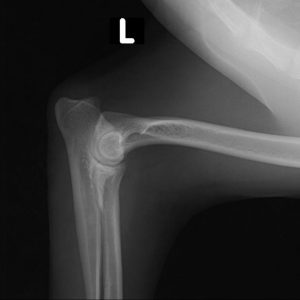
Eyes
Below are some eye abnormalities that we see more often in the Lagotto Romagnolo. During the annual eye examination all common eye abnormalities are tested.
Not all abnormalities found lead to exclusion from breeding. The breeding regulations of the Lagotto Romagnolo Club Netherlands state that dogs suffering from PRA or Cataract will not be bred. Since 2021, there has been revised advice from ECVO. The smaller, often non-growing variations of cataract are no longer characterised as breeding exclusives.
Dogs found positive for another hereditary eye defect will always have to be combined with a dog free of this defect.
More information about the annual eye examination can be found on the website of the Raad van Beheer (the Dutch Kennel Club). Board of Directors
Cataract
Cataract is also called grey cataract or cataract. Cataract is a clouding of the lens in the eye. It occurs in older dogs, but is also occasionally seen in very young dogs. Cataract can be hereditary. In addition, cataracts can occur as a result of inflammation or underlying conditions such as diabetes. There are different forms of cataract.
Since May 2020, there has been a DNA marker test for one of the cataract forms relatively commonly seen in the Lagotto. There is currently no publication on this DNA marker test.
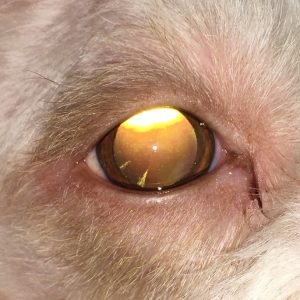
Membrana Pupillaris Persistens (MPP)
Membrana Pupillaris Persistens (MPP)
In this condition, remains of the vascular system for the lens (membrana pupillaris) are left behind. This is called persistence. Normally this vascular system disappears about four weeks after birth. MPP is a congenital eye disorder.
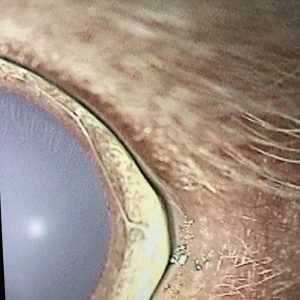
PRA (progressive retinal atrophy)
A group of hereditary retinal defects that occurs in many breeds and leads to blindness in the final stage. Currently, a small increase in the number of PRA cases is seen in Scandinavia.
A DNA marker study for breed-specific PRA is currently ongoing in Sweden.
Distichiasis
Abnormal hair growth on the eyelid margin. Which in severe cases can cause irritation and inflammation of the eye. This is relatively common in the lagotto and in most cases involves soft hairs that do not touch the eyes.
DNA markers
We also breed with dogs that are carriers of hereditary defects known in the breed that emerge during DNA testing and recessive* in nature.
The advantage of continuing to use these dogs is that you also preserve the genetic variation in the breed. Of course, carriers are always combined with a partner who is free of the same hereditary problem known in the breed. This way, you make sure that puppies from these combinations will never develop the disease. Because to develop a recessive known disease problem, the pup has to get the gene from both parents.
Should we choose not to use the known genetic diseases in the breed we will have a narrower genetic base as a result. Which in turn may cause currently unknown diseases to be expressed.
BFJE (Benign Familial Juvenile Epilepsy)
This is a neurological disorder that occurs in the Lagotto Romagnolo. Dogs affected by this condition develop epilepsy-like seizures at a very young age (puppies). Around the age of about 4 months, the seizures stop spontaneously. BFJE is inherited in an autosomal recessive manner.
Clinical picture
Epileptic-like seizures are caused by disruption of the normal electrochemical activity of the brain. The onset of epileptic seizures in BFJE is at 5-9 weeks of age. The seizures include whole-body tremor, ataxia (uncoordinated movements) and rigidity. The epileptic signs are sometimes accompanied by changes in consciousness. The frequency of seizures can vary from puppy to puppy: there may be a few seizures a day or sporadic seizures with a frequency of a few times a week.
Generally, a puppy affected by BFJE appears perfectly normal between seizures. In severe cases, however, there may be neurological signs, such as generalised ataxia that can also be seen between attacks. BFJE is relatively benign as the seizures usually end after the age 4 months.
LSD (Lagotto Storage Disease)
Lagotto Storage Disease (LSD) is a progressive neurological disorder characterised by cerebellar ataxia.
During histological examination, the following is found: neuronal vacuolisation in the peripheral and central nervous system. Aggregation of vacuoles can also be found in several other tissues, but only vacuolisation of nerve cells seems to be relevant.
The disorder is inherited in an autosomal recessive manner.
Clinical picture
The onset of symptoms and course vary considerably between dogs. The first signs can be seen at an age of 4 months to 4 years. Usually, the first observable sign of LSD is progressive ataxia (uncoordinated movements). The first signs of slowly increasing ataxia are not always noticed by the owner.
Some of the affected dogs also suffer from episodic nystagmus (involuntary eye movement). In some cases, nystagmus is the first sign seen.
Lagotto Storage Disease is a progressive condition that also leads to behavioural changes such as restlessness, depression and aggression. The life expectancy of sick dogs depends on the progression of the condition and the severity of symptoms. Some dogs can live for several years with mild symptoms, but dogs with severe clinical signs are usually euthanised at a young age.
Hyperuricosuria (HUU)
An inherited disorder in dogs that can cause hyperuricaemia which predisposes affected dogs to the development of urolithiasis (stones) in the kidneys and bladder. The disease is very common in Dalmatians, but is also seen in several other breeds. Hyperuricosuria is inherited in an autosomal recessive manner.
Clinical picture
HUU predisposes affected dogs to the formation of uric acid stones. In Dalmatians, the disease is more common in males than in females. As much as 34% of all male Dalmatians are diagnosed with uric acid stones. Clinical signs of urolithiasis include hematuria, pain while urinating, and blockage of the urinary tract. Patients with urine stones are more susceptible to urinary tract infections. Blockage in the urinary tract is a life-threatening condition that requires immediate veterinary care.
Furnishing
Shorthair is not a health problem but gives a different look to the Lagotto.
Using DNA testing, we can prevent Lagotti still being born with a short coat that often also sheds.
NAD (neuroaxonal dystrophy)
Neuroaxonal dystrophy is a rare neurodegenerative disorder. Clinical symptoms manifest between six and 11 months of age. Sick dogs show a progressive picture with worsening neurological symptoms such as gait abnormalities, abnormal vocalisation, incontinence and behavioural changes.
A characteristic pathological feature of the disease is the development of spheroids in the central nervous system. Spheroid formation can be observed in the grey matter of the cerebral hemispheres, cerebellum, brain stem and in the sensory pathways of the spinal cord. The inheritance pattern is autosomal recessive.
Several dogs carrying this gene have been spotted in the Lagotto. As a result, it has since become a marker test that is increasingly included in research.
Clinical picture
Progesive gait abnormalities; behavioural changes such as dullness, nervousness or abnormal vocalisation; incontinence; and uncontrolled defecation. Affected dogs may also show any of the following symptoms, visual problems, nystagmus, head tilt and neurological problems, mainly related to sensory localisation. Neurological examination may show mild head tilt, generalised cerebellar ataxia, hypermetria of the thoracic limbs, impaired patellar reflex, proprioceptive disturbances, visual defects, positional nystagmus and reduced muscle tone. Due to the progressive nature of the condition, clinical signs usually lead to euthanasia before the age of two years.
Ongoing investigations
Cerebellar Abiotrophy (CA)
In recent years, there have been increasing reports of dogs with ataxia manifesting at different ages. Research is being conducted in Bern, Switzerland. Recently, there have been several young dogs with this severe abnormality. Research is ongoing and important!
"Several hereditary diseases of the nervous system are known in Lagotto Romagnolo dogs. They include several distinct forms of cerebellar ataxia with monogenic autosomal recessive interhitance. Affected dogs show neurological symptoms such as uncoordinated movements and difficulties with normal gait at a few weeks of age or later in life. We would like to study yet unsolved forms of cerebellar ataxia in Lagotto Romagnolo dogs and to develop genetic tests. For this purpose we need EDTA blood samples from affected dogs, ideally together with their parents and siblings. We therefore ask breeders, owners and veterinarians to donate samples for our research. If you own a Lagotto Romagnolo with neurological symptoms, please do not hesitate to contact us to discuss further options for further investigation."
Visit the website of the University of Bern
Alopecia
Sometimes it happens that the Lagotto (but also other breeds) lose the hair causing a bald spot (temporarily). It is currently unclear what causes this. However, we do see that the hair often grows back within a few months. Research is being conducted into alopecia in the lagotto in Bern.
More information on this study and how to submit blood from your doggie:
"Over the last few years, cases of non-inflammatory alopecia in lagotto romagnolo dogs have been described repeatedly. The hair loss affects mainly the trunk, while the head and legs are usually spared. The affected dogs do not have itching. We would like to investigate this disease, which is also called follicular dysplasia, in more detail and therefore need EDTA blood samples from affected dogs. We ask breeders, owners and veterinarians to help us and to send us samples. There are different causes for hair loss. It makes sense to exclude them first so that the diagnosis "follicular dysplasia" can be made with a high degree of certainty. Prof. Dr. Petra Roosje, head of clinical dermatology at the small animal clinic of the University of Bern is offering free examinations and counselling to owners who are willing to donate samples for research. If you would like to participate in our project and can provide a blood sample from your dog, please fill out the questionnaire and follow the instructions in our leaflet."
Visit the website of the University of Bern
